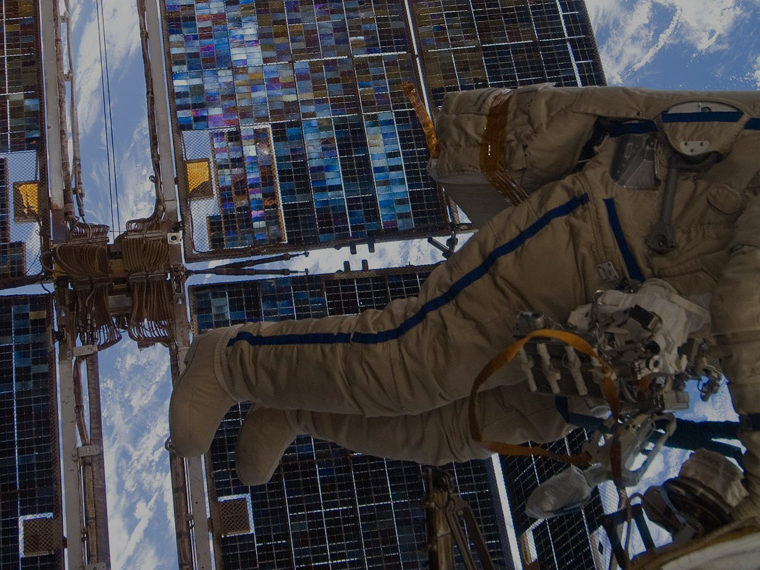Building adaptability into an approach improves performance
Agencies and charities grapple with enormous challenges when delivering aid to areas hit by emergencies — especially emergencies that take their toll over time, like hurricanes, wildfires and pandemics. Among the challenges are the limited supplies of aid and the difficulty in predicting how much aid will be needed.
Distributing aid on a first-come, first-served basis would be immensely unfair to those who fall later in the disaster’s path. When the agency runs out of aid, it can’t just turn out the lights and hope nobody shows up. What’s more, relief agencies can’t wait to distribute aid until they know the full scope of the disaster — some people need help immediately, further adding to uncertainty.
Ideally, the aid gets delivered in a manner that is both fair and transparent. But how can agencies make decisions that are fair when all they know is that they don’t have enough supplies and don’t know just how large the demand will be? Even rationing aid at a set percentage of demand, like allocating 50% of the supplies needed in each region, can easily end with agencies running out of supplies if the disaster hits a greater number of areas than initially forecasted.
What’s more, forecasting is difficult. Even if a hurricane or pandemic hits every geographic area with identical intensity, the vulnerabilities of those areas might vary dramatically — the quality of structures, the underlying health conditions of residents. And these factors often only become apparent over time.
A paper published in Management Science aims to help agencies and charities make better allocation decisions under these uncertain conditions. Yale’s Vahideh Manshadi, University of Chicago’s Rad Niazadeh and UCLA Anderson’s Scott Rodilitz developed a method that balances the goals of fairness, efficiency (no waste) and transparency. While relatively simple, their approach adapts to new information as it arrives. In simulations based on data from the recent COVID-19 pandemic, their method performed near the results that could’ve been achieved if agencies somehow had perfect advance knowledge of future demand. It also strongly outperformed a method allocating aid at a fixed percentage of demand.
Rapid and Regular Recalculation of Demand
The researchers call their method “projected proportional allocation.” It works by constantly revising calculations for the proportion of demand that can be filled as new information about future needs develops. Note that in the case of a hurricane or wildfire, officials might originally expect 10 communities to be affected but the path of the fire or hurricane can shift and cause that number to change.
When a crisis like a pandemic arises, the first demand expectations might be based on historical data and might be inaccurate, but the researchers’ method is able to improve as more regions are infected and as it’s seen how demand develops and patterns of demand are formed.
An example of how their approach works: At the beginning of the pandemic, agencies might think they have enough supplies to fulfill 50% of the demand in all regions that they expect to need help. But if infections grow faster than expected, the remaining supplies may only be enough to fulfill 40% of demand based on updated forecasts. In that case, allocations will decrease. On the other hand, if the infection spreads less than expected, allocations will increase.
Importantly, the last areas affected will receive an allocation similar to the areas that were hit before them. The researchers’ method follows philosopher John Rawls’ theory of justice, which calls for maximizing the utility of the worst-off individual or, in this case, the community with the greatest amount of unmet need.
Applications Beyond Relief Work?
Manshadi, Niazadeh and Rodilitz applied their method to simulations using COVID-19 data and a standard modeling approach to predict the spread of a pandemic across locations. The model’s peak number of infected people per location was used as a proxy for the locations’ demand for medical supplies.
In the example they considered, the researchers’ method outperformed a policy of allocating aid based on a fixed percentage of demand by 44%. It also achieved 94% of the performance of an optimal result if demand had been known ahead of time.
The researchers note that their method has the potential to be used in additional situations, such as emergency room staffing during surge conditions or food donations by mobile pantries, or even be applied in business contexts, like deciding how much of a product to allocate to different countries based on expected demand.
Beyond improving allocation of aid, the research offers a new tool to try to improve distribution of emergency aid.
Featured Faculty
-
Scott Rodilitz
Assistant Professor of Decisions, Operations and Technology Management
About the Research
Manshadi, V., Niazadeh, R., & Rodilitz, S. (2021, July). Fair dynamic rationing. Proceedings of the 22nd ACM Conference on Economics and Computation (pp. 694-695). https://doi.org/10.1287/mnsc.2023.4700






